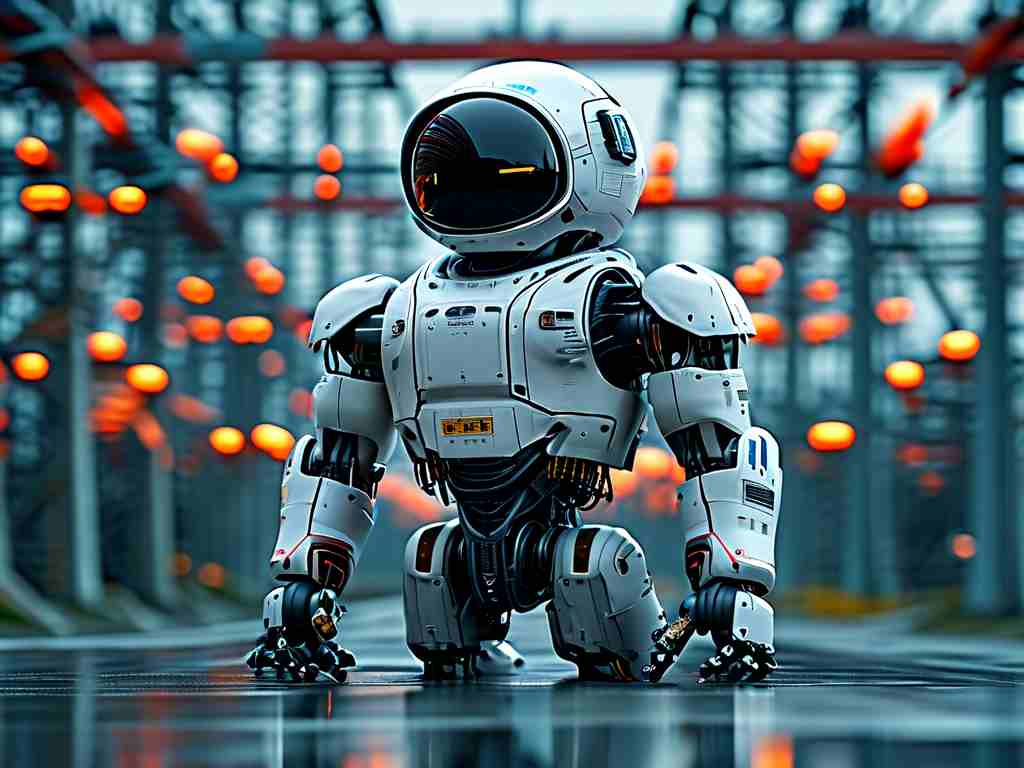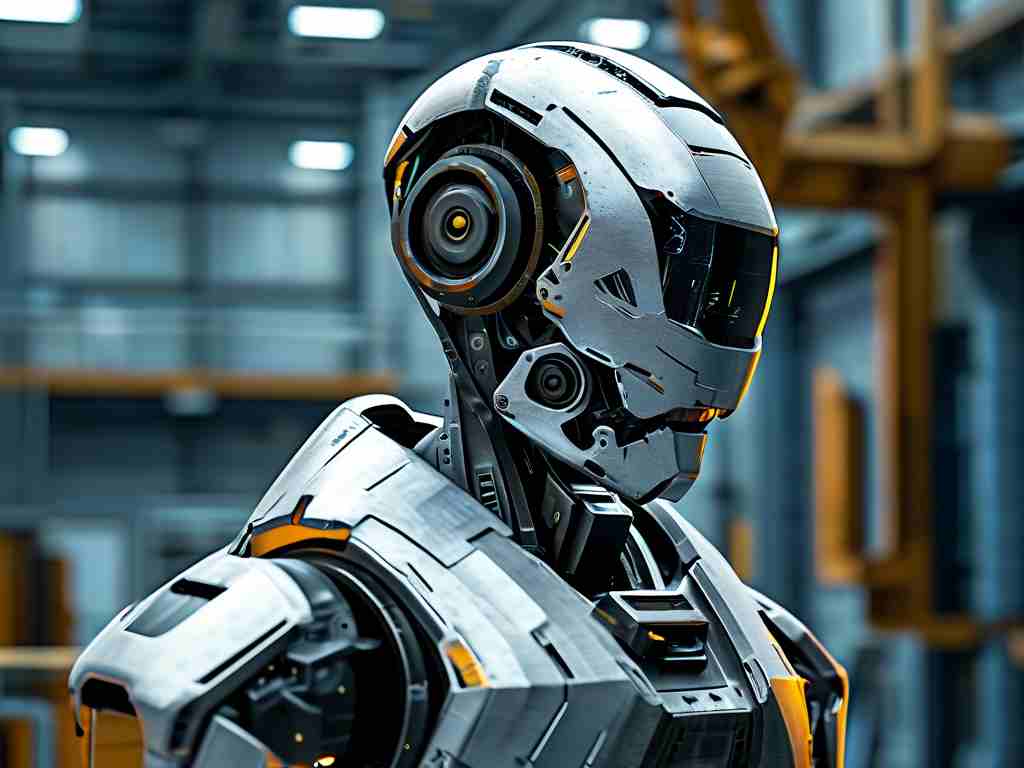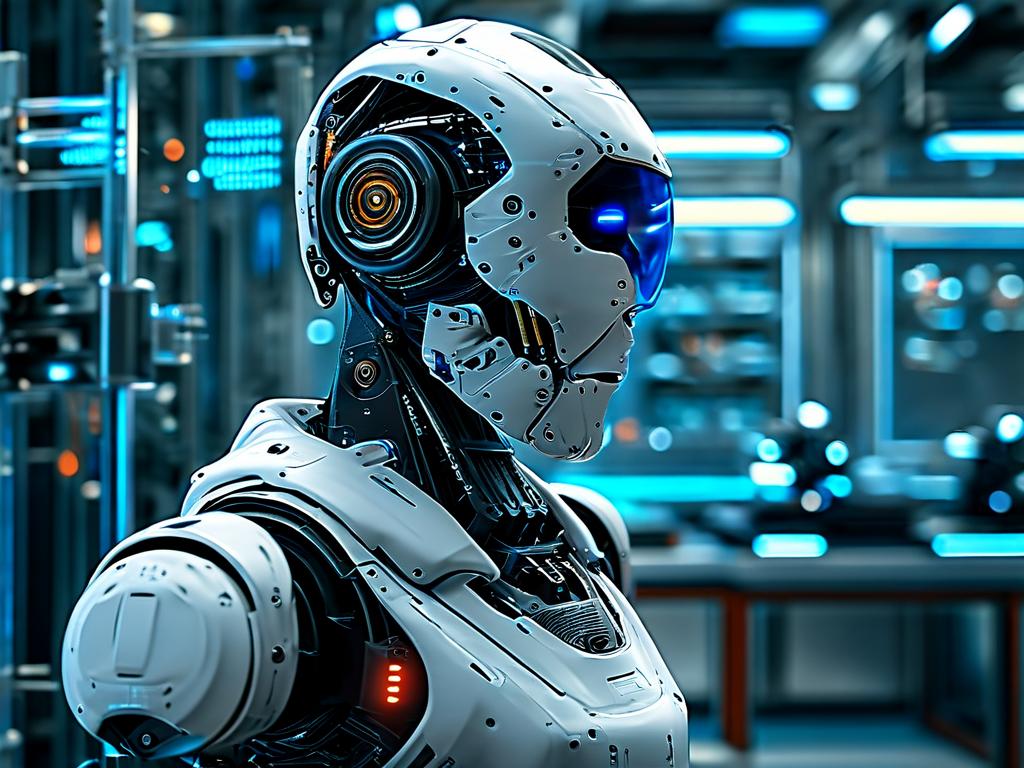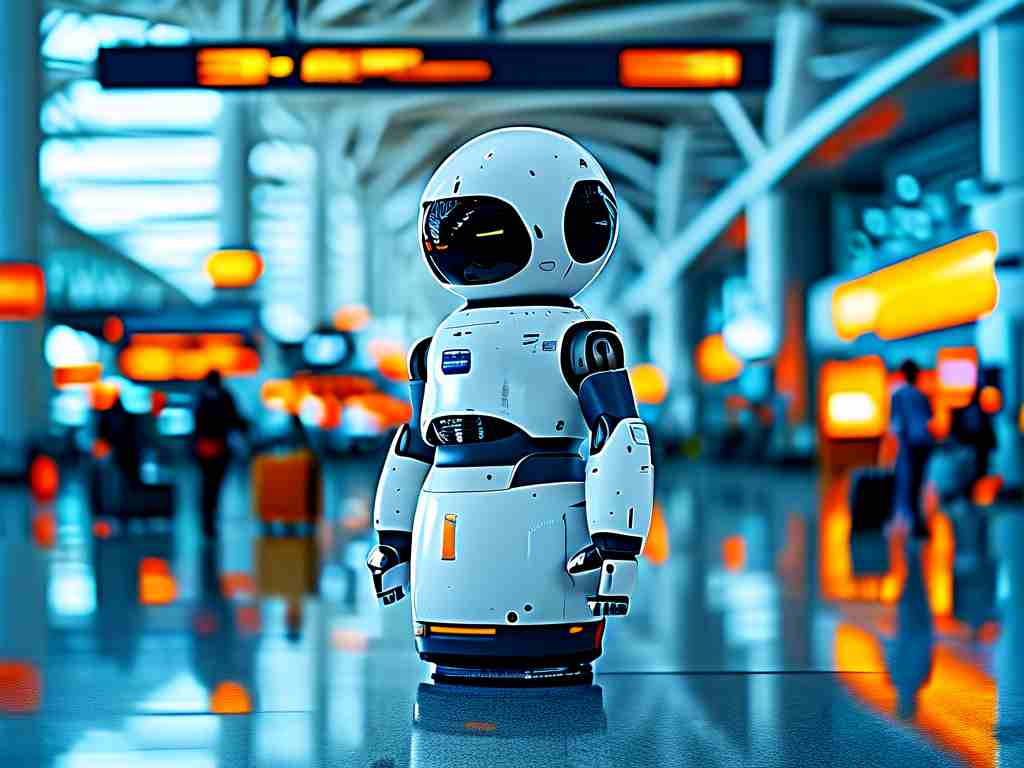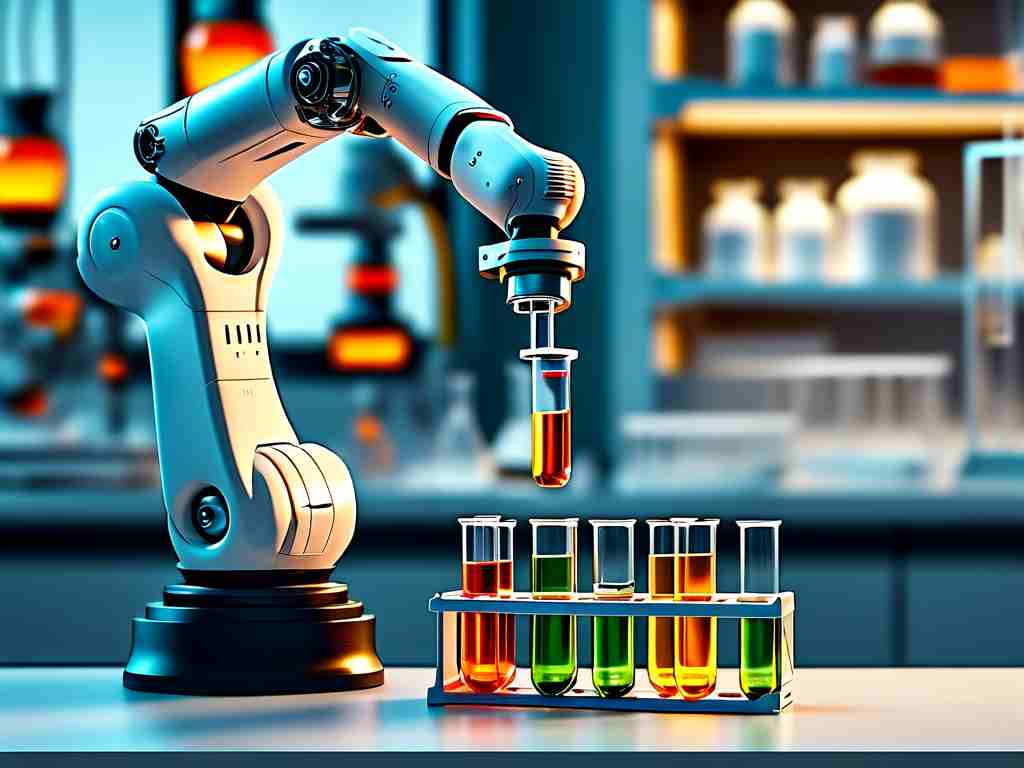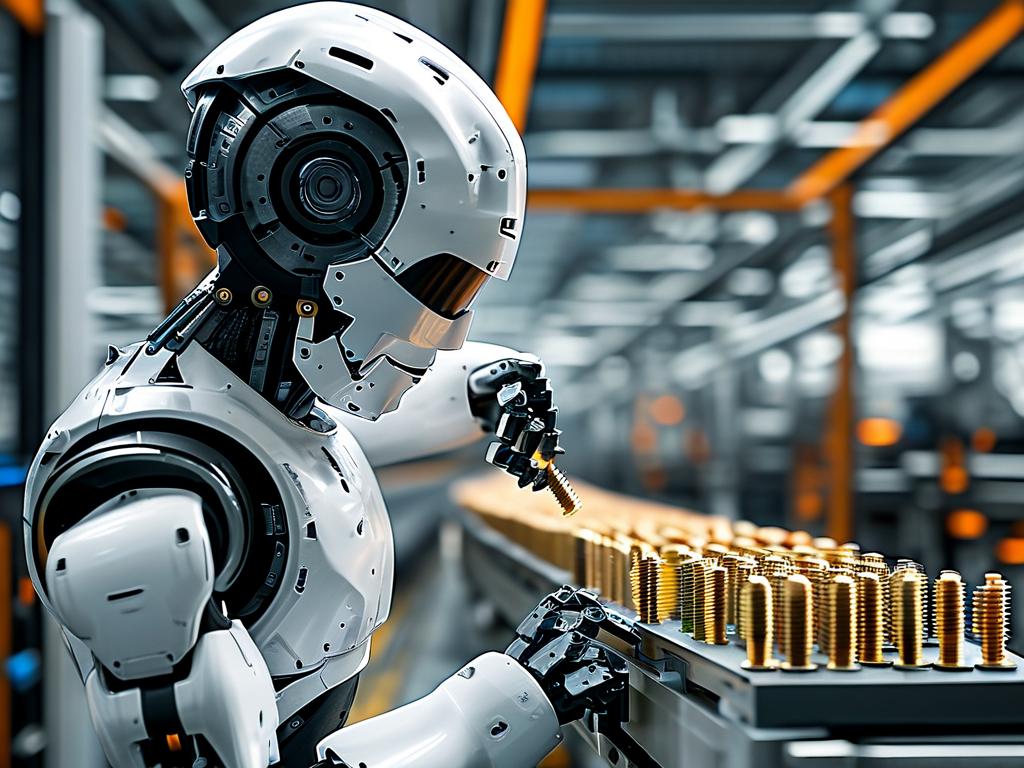The evolution of rail transportation has reached a pivotal stage with the integration of shunting robots – autonomous systems revolutionizing traditional yard operations. These advanced machines combine cutting-edge technologies to optimize efficiency, safety, and operational flexibility. Below, we explore the defining technical characteristics that position shunting robots as transformative tools in modern logistics.
1. Autonomous Navigation and Precision Control
Shunting robots employ multi-sensor fusion technology, integrating LiDAR, millimeter-wave radar, and machine vision systems. This sensor array enables real-time environmental perception, allowing the robots to detect obstacles within a 360-degree radius with centimeter-level accuracy. Unlike conventional systems relying on fixed tracks, these robots utilize SLAM (Simultaneous Localization and Mapping) algorithms for dynamic path planning. A proprietary control system processes sensor data at 100 Hz, making micro-adjustments to wheel angles and propulsion forces within 5-millisecond intervals. This results in coupling precision of ±2 cm during wagon connection sequences – a 300% improvement over manual operations.
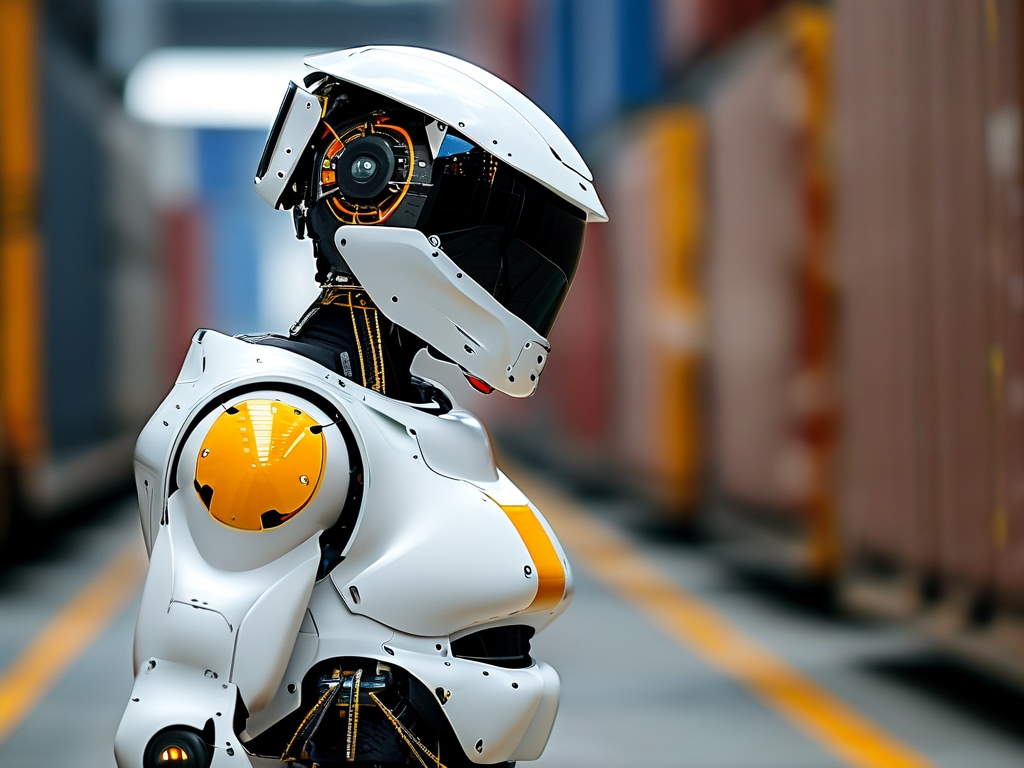
2. Adaptive Energy Management
Modern shunting robots feature hybrid power systems combining lithium-titanate batteries with hydrogen fuel cells. The energy management system (EMS) dynamically allocates power based on operational demands, achieving 40% energy savings compared to diesel-powered alternatives. During peak load operations, the system can deliver instant torque of 3,500 N·m while maintaining emission-free performance. Thermal imaging cameras monitor critical components, automatically adjusting cooling flows to maintain optimal operating temperatures between -40°C and 55°C.
3. Intelligent Fleet Coordination
Cloud-based control platforms enable coordinated operations across robot fleets. Using 5G-NR sidelink communication, multiple units exchange positional data every 50 milliseconds to prevent collisions and optimize routing. Machine learning algorithms analyze historical operation patterns to predict wagon flow bottlenecks 30 minutes in advance. During field tests in Hamburg’s Maschen Marshalling Yard, this system reduced average wagon processing time from 12 minutes to 7.2 minutes while handling 23% higher daily volumes.
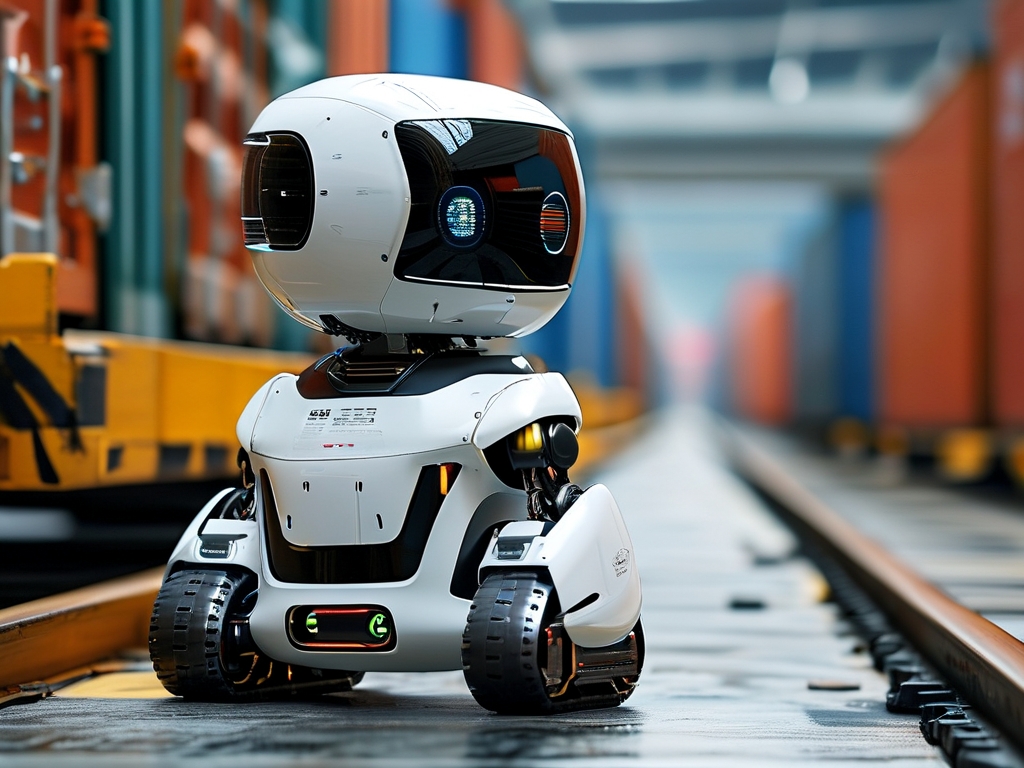
4. Modular Payload Architecture
A revolutionary quick-swap interface allows shunting robots to reconfigure their tooling within 90 seconds. Standard modules include:
- Magnetic coupling heads for European standard buffers
- Janney knuckle adapters for North American rail systems
- Specialized grips for intermodal container handling
This modularity enables single robots to service 78% of global rolling stock variants without manual reconfiguration, significantly reducing equipment downtime.
5. Cybersecurity and Fail-Safe Mechanisms
Triple-redundant control systems ensure continuous operation even with multiple component failures. The cybersecurity framework incorporates quantum-resistant encryption for all data transmissions, with automatic protocol rotation every 17 minutes. Physical safety systems include emergency braking capable of halting 80-tonne loads within 8 meters, and anti-derailment algorithms that adjust wheel-rail forces based on real-time track condition analysis.
6. Predictive Maintenance Integration
Vibration spectroscopy sensors monitor 142 critical components continuously. Edge computing nodes process this data using federated learning models that predict component failures 400 operating hours in advance with 92% accuracy. Maintenance alerts are automatically prioritized using fuzzy logic algorithms, reducing unplanned downtime by 65% compared to scheduled maintenance approaches.
The implementation of shunting robots represents more than mere automation – it constitutes a fundamental reimagining of rail logistics. As these systems evolve through ongoing R&D in materials science and AI, their role is expanding beyond marshaling yards into mainline operations. Current prototypes demonstrate capabilities for autonomous train formation and precision docking at freight terminals, hinting at a future where entire rail networks operate as synchronized robotic ecosystems. While challenges remain in standardizing cross-border operational protocols and regulatory frameworks, the technical foundations laid by modern shunting robots are irrevocably transforming global supply chain dynamics.


